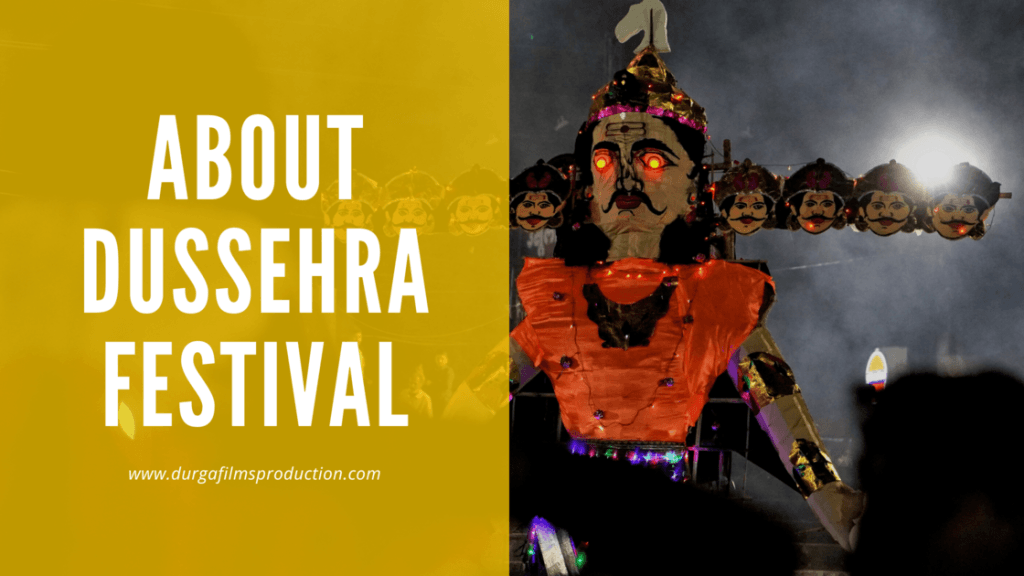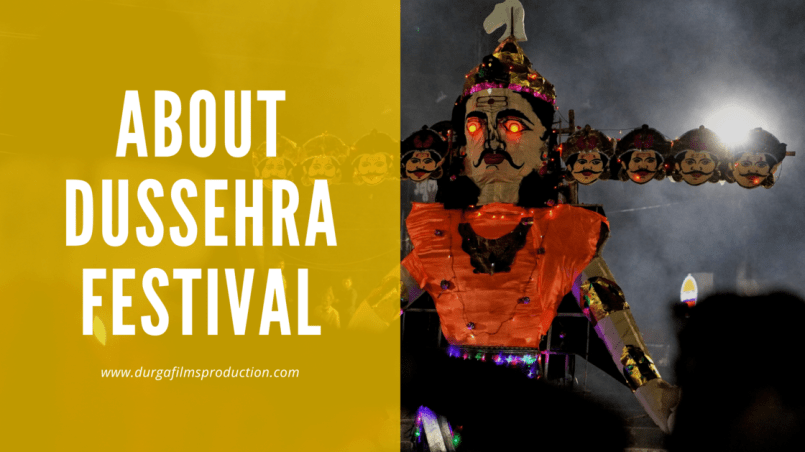Today we are going to tell you about the Dussehra festival. Why are we celebrating Dussehra? We are going to celebrate Dusshera on 5th of October. An significant Hindu holiday called Vijayadashami, also known as Dussehra, celebrates the triumph of good over evil.
The tenth day of the Navratras, which according to the Hindu calendar comes on the tenth day of Ashwin or Kartik months, is when Hindus around the world commemorate this yearly festival with tremendous fervour and passion. One of the main Hindu holidays that concludes Navratri is Dussehra.
The celebration commemorates Lord Rama’s victory over Ravana. It also commemorates Goddess Durga’s victory over the demonic Mahishasura. On this day, fireworks and Ravana effigies are often burned to symbolise the annihilation of evil.
While Dussehra is known by several names throughout India, including Durga Puja or Vijayadashami in the east and north-east and Dussehra in the north and west, the festival’s central theme—the triumph of Dharma (righteousness) over Adharma—remains constant (evil).
Maa Durga’s victory over the demon Mahishasura is commemorated during Durga Puja or Vijayadashmi to safeguard darma. While the legend surrounding Dussehra represents Lord Rama’s victory over Ravana. On this day, Ram lila, a condensed version of the tale of Rama, Sita, and Laxman, likewise comes to an end.

On Dussehra, enormous effigies of the demon King Ravana, Kumbhakaran, and Meghanad (symbols of evil), are set ablaze with pyrotechnics to serve as a reminder to viewers that good always triumphs over evil. People pray and clean their means of subsistence on this day.
The nine days of Navratras coming up to Dussehra or Vijayadashami in Western India, particularly in Gujarat, are marked by fasting and devotion of the nine forms of Goddess Durga. In these nine days, dandiya and garba are performed. Invoking Maa Durga’s return to Mount Kailash with Lord Shiva, the idol is submerged in water on the tenth day.
As a way of saying goodbye to the Goddess, clay figurines of Maa Durga are immersed in water on Bijoy Dashomi, which falls on the day after Vijayadashami in West Bengal. Bengali ladies participate in Sindoor Khela, a practise when they apply vermilion (sindoor) on each other and dress in red to symbolise Maa Durga’s victory, just before the immersion.


